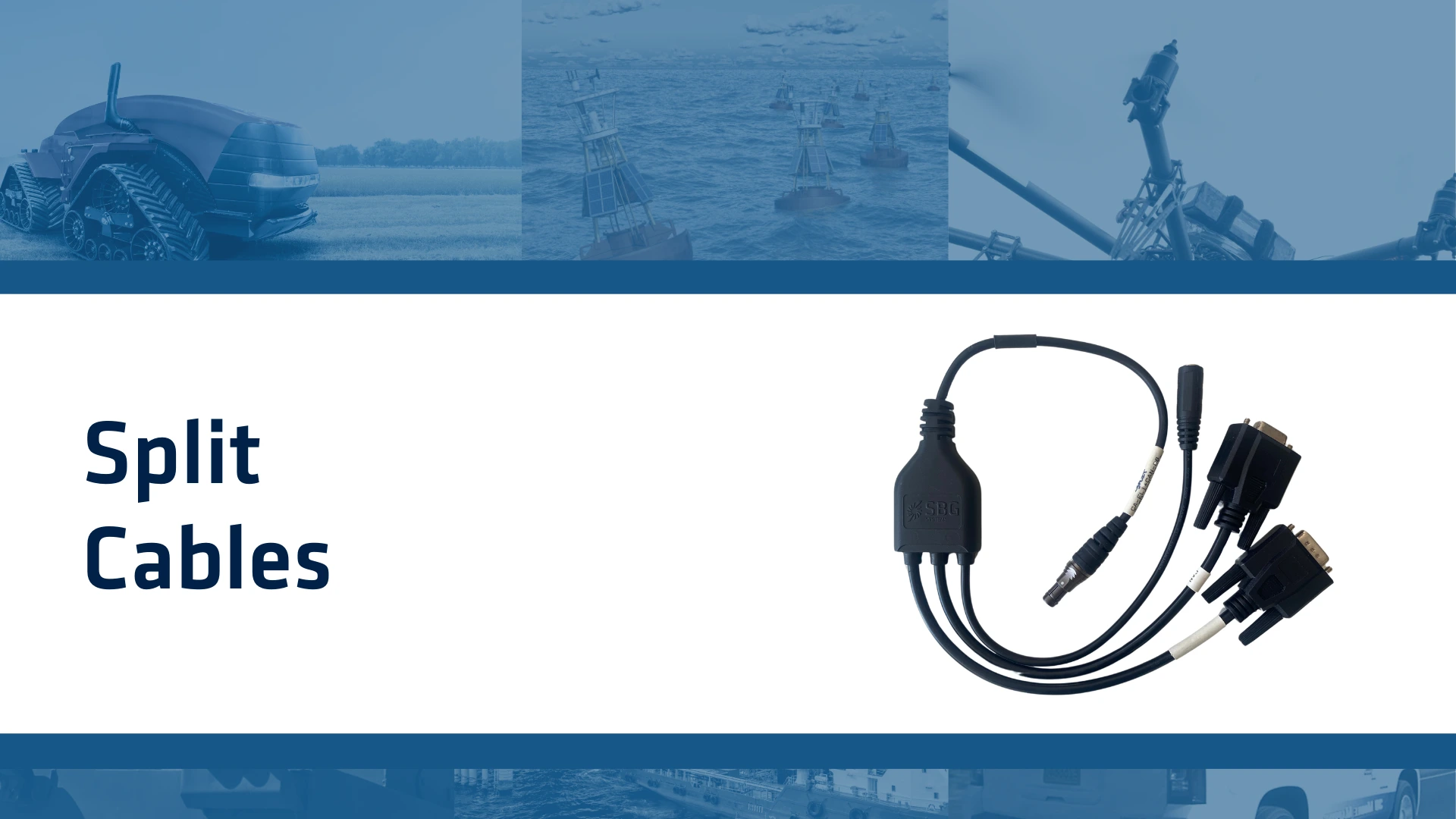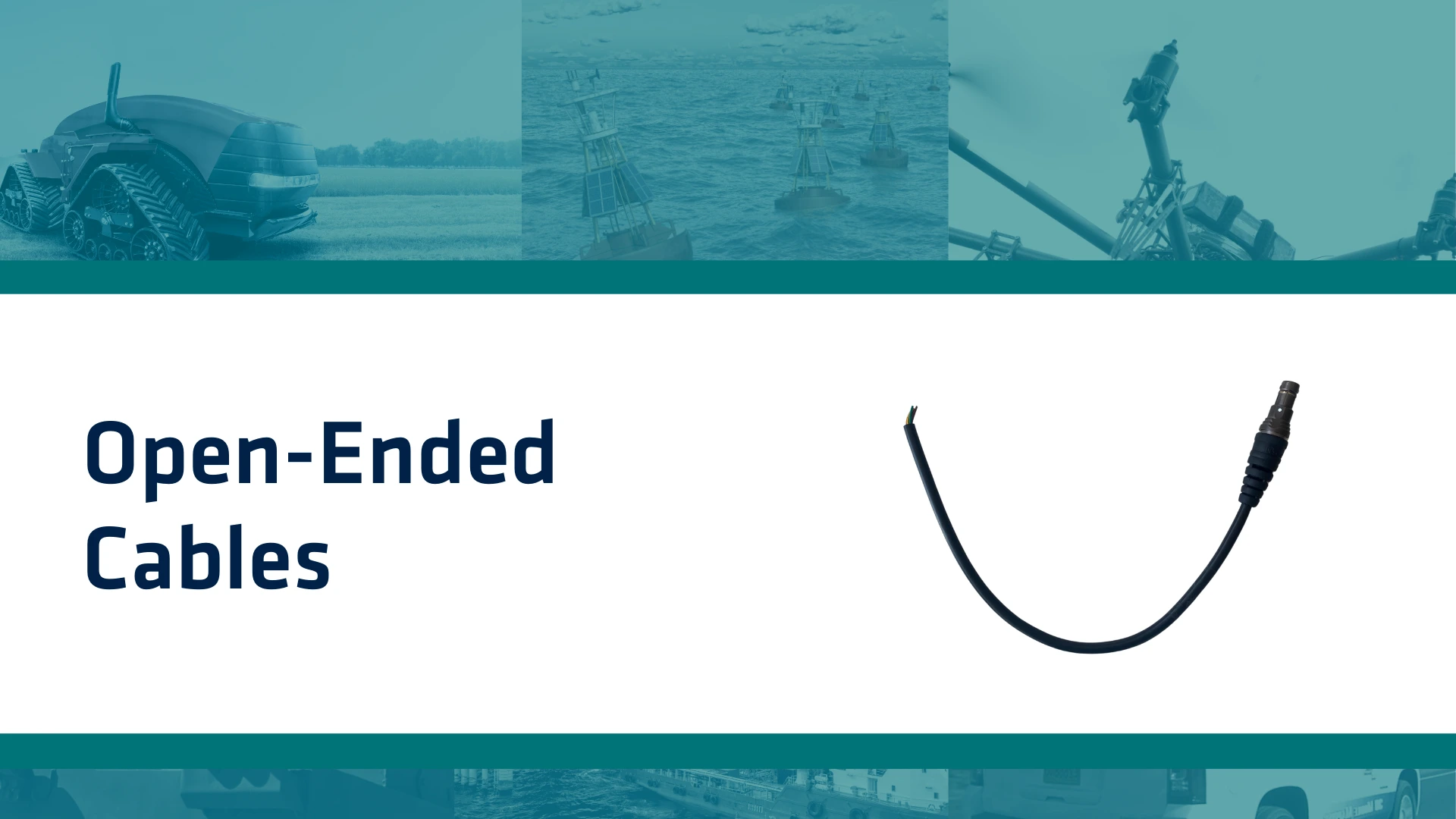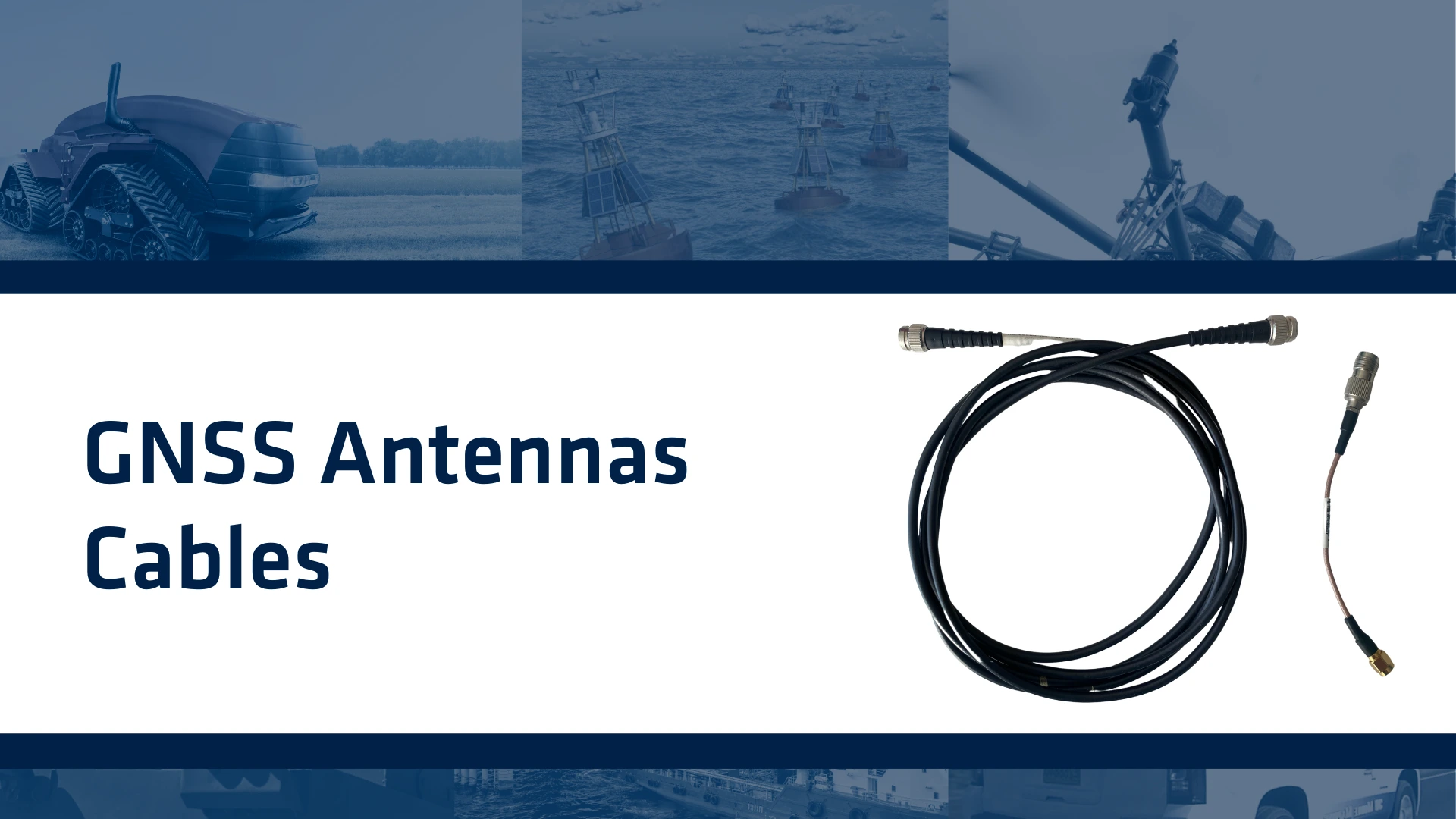Cables Robust Connectivity for Reliable Performance
SBG Systems offers a complete range of high-quality cables designed to ensure seamless integration and optimal performance of your inertial navigation systems. Whether you’re building a custom setup or deploying in mission-critical environments, our solutions provide durable, flexible, and efficient connectivity tailored to your needs.
Our product line features Split, Open-Ended, and GNSS Antenna cables, all designed for easy integration with SBG Systems’ sensors.
Find out more about all our solutions.
Need help choosing the right cable?
SBG Systems offers a full range of standard and customizable cables designed to ensure seamless integration with our GNSS/INS sensors. Whether you need plug-and-play solutions for quick deployment or open-ended configurations for tailored installations, they provide reliable connectivity for any application.
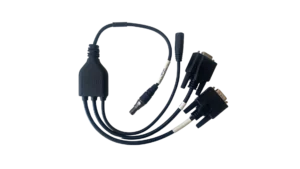 Split Cables |
 Open-Ended Cables |
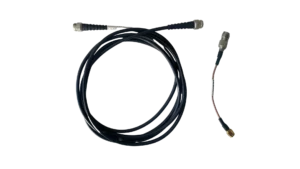 Cables for GNSS Antennas |
|
|---|---|---|---|
| Purpose | Purpose Connect SBG sensors to power supply, event markers or triggers and data communication | Purpose Allow custom wiring and integration | Purpose Connect GNSS antennas to GNSS receivers |
| Sensor connector | Sensor connector Pre-assembled with sensor-side connector (e.g. AUX serial) | Sensor connector Pre-assembled with sensor-side connector | Sensor connector Antenna-side or receiver-side connector (e.g., TNC, SMA) |
| Other end | Other end Power, DB-9 connectors, BNC, etc. | Other end Open wires | Other end Suited connector for the Antenna (TNC, SMA) |
| Typical use case | Typical use case Turnkey system integration | Typical use case Custom systems, embedded applications | Typical use case High-quality GNSS signal transmission |
| Customization | Customization Fixed configuration, predefined splits | Customization Fully customizable on integration side | Customization Suited connector for the Antenna (TNC, SMA) |
| Shielding | Shielding Individually shielded branches | Shielding Shielded core | Shielding High-performance RF shielding |
| Length Options | Length Options 15 or 50 cm | Length Options 3 m | Length Options Multiple lengths available |
| Jacket material | Jacket material Rugged, flexible for mobile/field use | Jacket material Industrial-grade PVC or PU | Jacket material Low-loss coaxial (e.g. RG223, LMR240) |
| Applications | Applications UAV integration, mobile mapping, USV setup | Applications Embedded systems, R&D labs, system integrators | Applications GNSS receiver + antenna setups (marine, land, UAVs) |
Ask a quotation for cables
To purchase our cables directly from SBG Systems, please submit the following request.
Do you have questions?
What is a split cable?
A Split Cable (or Splitted Cable) is a pre-wired, multi-branch cable designed for effortless integration, featuring a single, rugged connector on the sensor side that plugs directly into devices like the Apogee, Ekinox or Ellipse series.
On the system side, the cable branches out into multiple labeled and pre-terminated connectors, providing direct access to the power supply, serial or CAN communication, and PPS or event input/output. Built with shielded, robust construction, these cables are ideal for field deployment.
Split Cables are especially useful for surveyors, system integrators, or operators who need to deploy systems quickly and efficiently without customizing their wiring setup. They offer a clean, reliable, and hassle-free connection to all sensor functions right out of the box.
Offering true plug-and-play functionality, they eliminate the need for custom wiring or soldering, significantly reducing installation time and the risk of error. Their high durability makes them especially suited for mobile platforms such as UAVs, land vehicles, or marine vessels operating in harsh outdoor environments.
What types of GNSS cable connectors are available?
GNSS antenna cables are equipped with various connector types to ensure broad compatibility with different GNSS receivers and antennas. Among the most common are TNC connectors (Threaded Neill–Concelman), which are threaded coaxial connectors widely used on professional-grade GNSS systems. They provide a secure connection that resists vibration and are available in both standard and reverse polarity (RP-TNC) versions.
SMA connectors (SubMiniature version A) are compact coaxial connectors with threaded coupling, ideal for lightweight and space-constrained systems such as UAVs. They offer excellent signal performance and come in both male and female versions.
BNC connectors (Bayonet Neill–Concelman) are quick-connect bayonet-style connectors commonly found in laboratory setups or legacy systems, valued for their ease of connection and disconnection without tools.
For embedded GNSS modules, UFL, MCX and MMCX micro coaxial connectors are available, offering extremely compact designs suitable for tight installation spaces.
Beyond connector types, GNSS cables are designed with high-performance specifications in mind. They use low-loss coaxial cable types such as RG-58 or RG-174, come in various lengths ranging from 1 to 10 meters (with custom lengths available), and maintain a 50-ohm impedance standard for GNSS applications. Additionally, all cables are double-shielded to ensure high signal integrity, even in electrically noisy environments.
What’s the purpose of cable RF shielding?
RF shielding in cables refers to the use of conductive materials around the internal signal-carrying wires to block or reduce electromagnetic interference (EMI) and radio frequency interference (RFI). It helps maintain signal integrity, especially in high-precision applications like GNSS, communications, and instrumentation. In environments with many electronic devices or radio sources (e.g., drones, vehicles, survey equipment), unshielded cables can act like antennas—picking up or radiating unwanted signals that distort the data.
In GNSS systems, for example, poor shielding can degrade satellite signal reception, leading to reduced positioning accuracy or erratic results in RTK, PPP, and PPK workflows.
There are several types of RF shielding used in cables, each offering specific advantages depending on the application. Foil shielding consists of a thin layer of aluminum or copper foil wrapped around the conductor. It provides 100% coverage, making it highly effective at blocking high-frequency interference. This type of shielding is also lightweight and cost-effective, making it a common choice in many signal and data cables.
Braided shielding, on the other hand, is made of a mesh of woven copper or tinned copper wires. While it typically offers around 70–95% coverage, it is known for its excellent durability and strong protection against low-frequency interference.
Spiral shielding features a wire wrapped in a spiral pattern around the conductor. Although it provides lower shielding effectiveness compared to foil or braid, its flexibility makes it well-suited for dynamic applications where frequent movement is involved.
For the highest level of protection, combination shielding—which uses both foil and braided layers—delivers the best performance across a wide frequency range. This dual-layer approach is commonly found in high-end GNSS, RF, and instrumentation cables.
Using properly shielded cables offers multiple benefits: it protects sensitive signals from external noise, prevents signal leakage or electromagnetic emissions, ensures the accuracy and stability of GNSS systems, and helps reduce data loss in high-speed transmissions.
What is GNSS vs GPS?
GNSS stands for Global Navigation Satellite System and GPS for Global Positioning System. These terms are often used interchangeably, but they refer to different concepts within satellite-based navigation systems.
GNSS is a collective term for all satellite navigation systems, while GPS refers specifically to the U.S. system. It includes multiple systems that provide more comprehensive global coverage, while GPS is just one of those systems.
You get improved accuracy and reliability with GNSS, by integrating data from multiple systems, whereas GPS alone might have limitations depending on satellite availability and environmental conditions.
Does INS accept inputs from external aiding sensors?
Inertial Navigation Systems from our company accept inputs from external aiding sensors, such as air data sensors, magnetometers, Odometers, DVL and other.
This integration makes the INS highly versatile and reliable, especially in GNSS-denied environments.
These external sensors enhance the overall performance and accuracy of the INS by providing complementary data.
